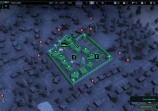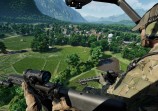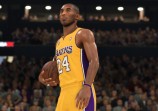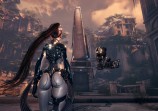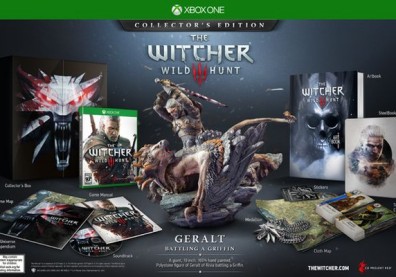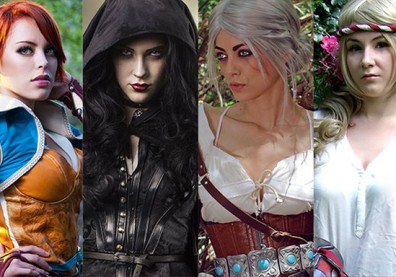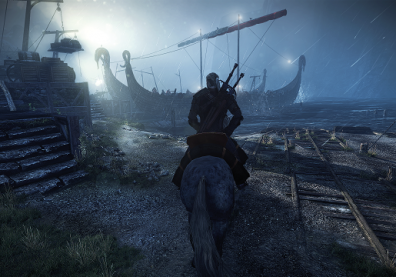The Witcher 3: Wild Hunt, the upcoming open-world offering from CD Projekt RED may still have some time left before the game finally goes live for all its fans, but it's already one of the hottest titles to arrive next year. The game has been receiving a lot of details in the past few months and the trend seems to continue with more new details on the table about Geralt's newest adventure.
In the recent SIGGRAPH 2013 talk, CD Projekt RED's Balazs Torok and Krzysztof Krzyscin detailed some new and interesting information about the famed RED Engine that powered the likes of The Witcher 2 and CD's upcoming RPG, The Witcher 3.
According to the developers, this version of RED engine was originally meant solely for The Witcher 3. However, CD Projekt RED later decided to take advantage of the engine with The Witcher 2, rather than The Witcher 3.
It was stated that when the CDPR team was working on the Xbox 360 version of The Witcher 2, it actually ended up creating a brand new version of its engine called RED Engine 2, which is considered as a more optimized version of the original RED Engine, and was also seen as a way to deal with all the different issues that company was facing with Microsoft's console.
"When we finished making the PC version of the Witcher 2 we started working on the Xbox 360 version. It was a very special situation where the console version was developed separately from the PC version, this allowed us to concentrate all our efforts. At the very beginning the game didn't even fit on the 1 GB devkit so we had to optimize a lot and we had a deadline of the GC when we had to run on the 512 MB devkit. The first big win was the motion extraction from the animations, then we rewrote the whole foliage system, these and a few other optimizations finally made it possible to run on the console," the developers stated.
"We were facing many loading time and CPU issues too. For the former, we had to implement animation streaming, we always load the events, the extracted motion and some key poses for the animations and we stream in the rest and blend them. For the CPU we had to implement a lightweight solution for background NPCs that allowed us to place many simple animated characters on the levels. The triangle count and the textures were reduced by a factor of 2 so there was no special thing done here."
CDPR stated that the animation updates for The Wild Hunt were divided into two different groups, with the background NPCs updated on multiple CPU threads. These were fitted into 5 ms batches and prioritized.
CD Projekt RED had also experimented with DX11 tessellation on characters, although it seems like the new Witcher won't support it - although that the game will most probably take advantage of DX11 tessellation for its environments.
"We tried tessellation on the characters but it didn't give us good results, there are two reasons for this. The first reason is that our meshes are already very detailed, so the tessellation doesn't give us as much as it gives to others, and the second is that it would be very hard to deal with the wholes that the tessellation would create. So at the end we decided not to use tessellation on the characters," the company added.
The Witcher 3: Wild Hunt is currently scheduled for a 2014 release on Xbox One, PS4 and PC.
